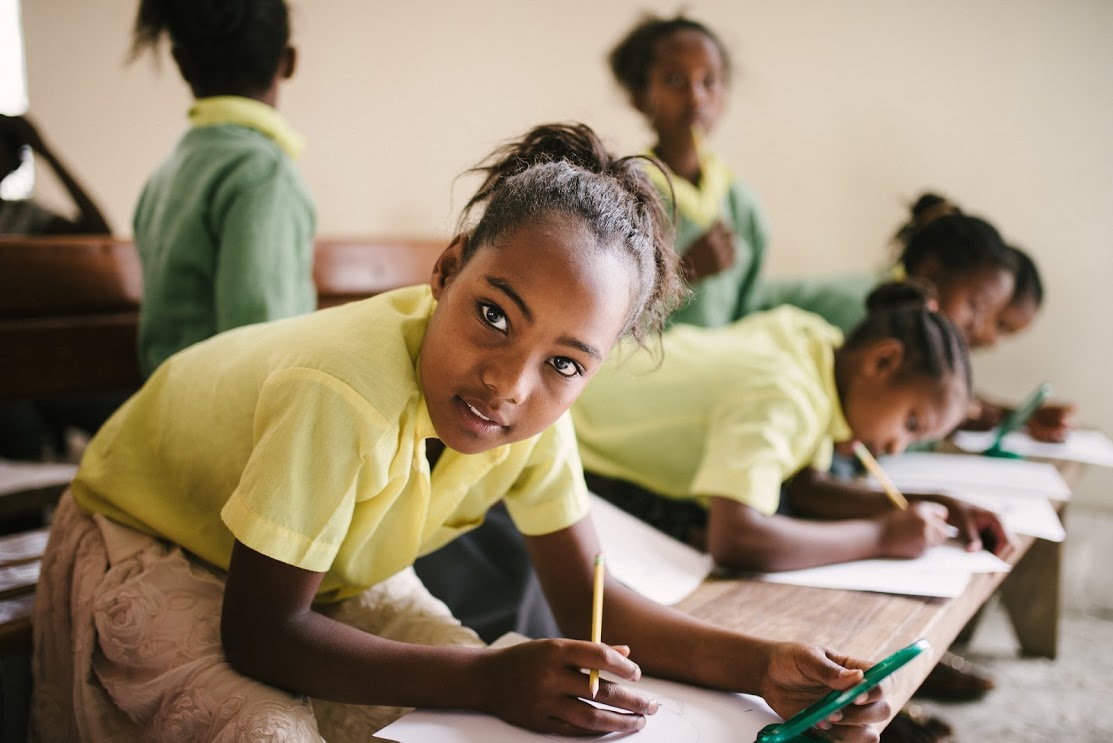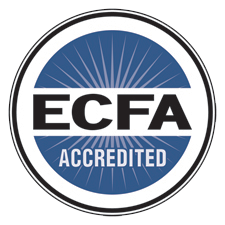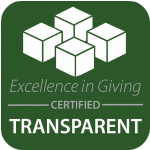Last week, we focused on several underlying issues related to poverty:
· When did poverty begin?
· What is poverty, actually?
· Adjusting our perspective of poverty
This week, we want to build on those thoughts to better understand how God sees poverty, the realities of generations of poverty, and discover some handles to help us better work within communities to reduce the effects of poverty.
 How does God see this brokenness?
How does God see this brokenness?
What was Jesus telling his disciples when He said in John 12:8, “For the poor you have with you always, but Me you do not have always?” Sometimes it is easier to state what He was not saying. He was not saying that it was His will, or the will of the Father in Heaven, that there should always be poor people on earth. He was merely acknowledging that since the time of the Fall, there has been poverty – and poverty will continue to be evident in this world because of the fallen nature of humans. In contrast to focusing only on the issue of poverty, Jesus was encouraging his disciples to focus on relationship with Him and learning from Him. Once relationship is the focus, then we will begin to find answers on how to impact poverty.
As we have discussed, poverty is not just a loss of money or other resources. When we talk about ‘wealth,’ we must also understand that, ‘true wealth’ is far more than just having a lot of money. It says in Proverbs 23 verses 4, 5 and 7: “Do not overwork to be rich; Because of your own understanding, cease! Will you set your eyes on that which is not? For riches certainly make themselves wings; They fly away as an eagle toward heaven…As he (a person) thinks in his heart, so is he.” True wealth begins with having wholesome and healthy relationships with God and others, including areas of life such as: good health, peace of heart and mind, the ability to care for family health, education, nutrition, financial sustainability, etc.
The reality of generations of poverty
One aspect of poverty is generational poverty, which many would say creates a “Cycle of Poverty.” People tend to be heavily influenced by their parents and their surroundings. Those who live in “poor” areas and grow up in “poor” families will often not see beyond the examples that they have observed. Children grow up with a mindset and quality of life that they, then, pass on to their children. They will repeat many of the same behaviors and suffer many of the same consequences. We tend to reproduce what has been modeled spiritually, physically, socially, and economically.
Our worldview will direct the way we think and make decisions to develop our character, and our lives. The approach that we develop in life continues and develops as a pattern – it often carries over generationally – until a change of events occurs. This change must impact us with both an inner paradigm shift in thinking that pervades and changes that mindset, often bringing healing and restoration, but also an external change/transformation in how we engage our world around us. We want to see that take place, as well, as it is essential to break the cycle of poverty. This change and transformation on both levels can happen in the nurturing environment of the CarePoint.
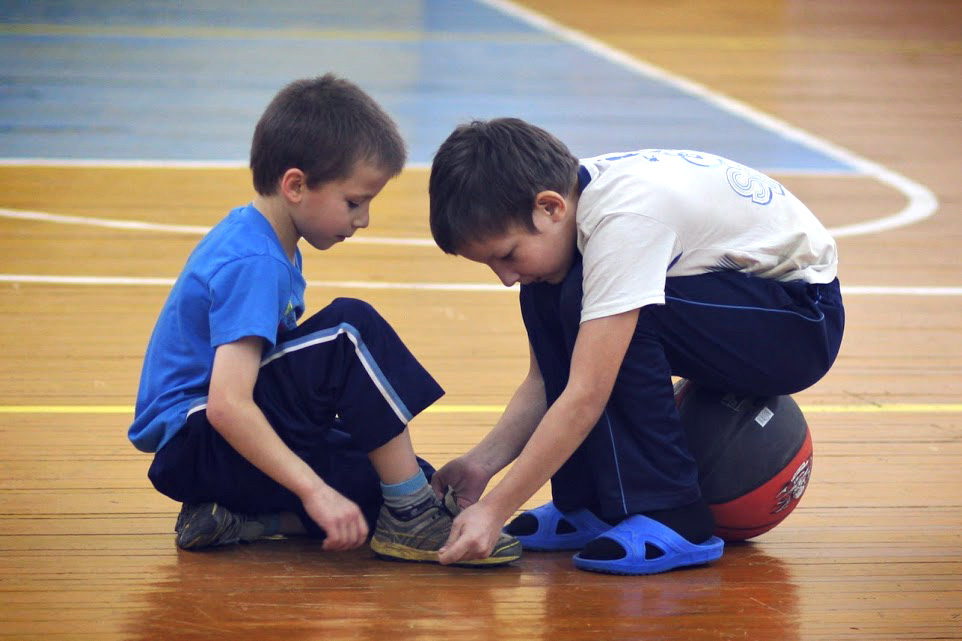
How can we work in communities to reduce the effects of poverty?
Children’s HopeChest works in communities to address and mitigate both the causes and effects of poverty.
HopeChest spends a great deal of time vetting potential partners in the countries where we work. Why? We believe that it is critically important to work with local partners who, also, understand this perspective on poverty and how to address it. In this way, they have ownership, not only of the “problem” but also of the “solution”. Also, many times local communities have been taught by the West that someone will come into their area to be their “savior” providing all of their external needs. This only serves to disempower local people and turns their focus in the wrong direction. The focus is too often on their needs vs. their assets. Our approach is to work with both vulnerable children and their families to bring a holistic transformation that is sustainable. We focus on seeing a transformation, both in their hearts/spirits, but also in their minds/thinking. Through that transformation, they discover what they do have in their lives and their communities – the “assets” that are already present. By working to build upon these principles and helping local people to take ownership of them, we empower them to discover their own solutions to these issues. We walk them through three phases that begin with securing the basics of life, such as food, shelter, water, sanitation and hygiene.
We also train them how to save and invest for their future with village savings programs that prepare them for investment in small businesses to form an economic engine to provide sustainability. Once the basics are secured, we can move onward to address issues of education and vocational training.
Ultimately, when these communities have been well-grounded spiritually and have vocational training, they can have a career or job through which they are able to sustain themselves, while having a positive impact upon their family and their community. As solid, healthy foundations are built, communities begin to transition from dependence toward dignity.
The goal for the individuals and communities
Throughout the duration of CarePoint partnership, local individuals, families and communities become increasingly stable and empowered. As this happens, it is our desire to work toward a healthy transition. Our initial goal, as well as our end goal, is to work toward the day that a healthy transition happens, where the community is able to sustain itself.
______________________________________________________

As International Program Director, Tom splits his time between HopeChest Headquarters in Palmer Lake and CarePoints in Guatemala and Swaziland/Eswatini. He works to improve programs and strengthen relationships with CarePoints, both through his course “Transformation that is Holistic, Integrated, and Sustainable (THIS),” as well as through frequent communication with and travel to CarePoints. His favorite movie is “Shawshank Redemption.”
Read more posts by Tom! We invite you to learn about HopeChest’s “12 Areas of Transformation.”

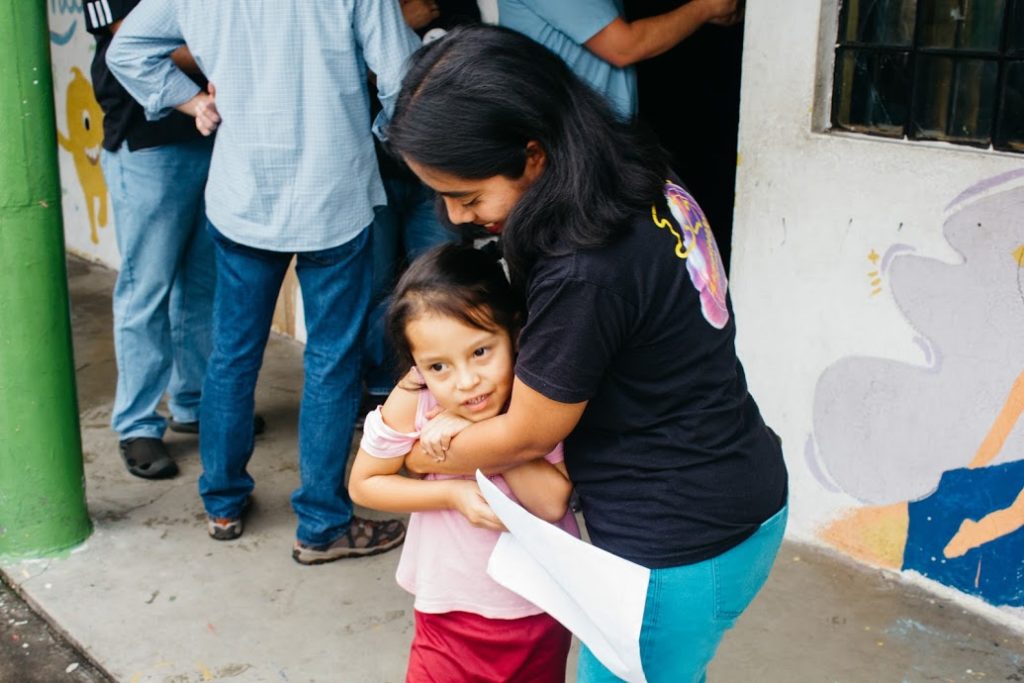
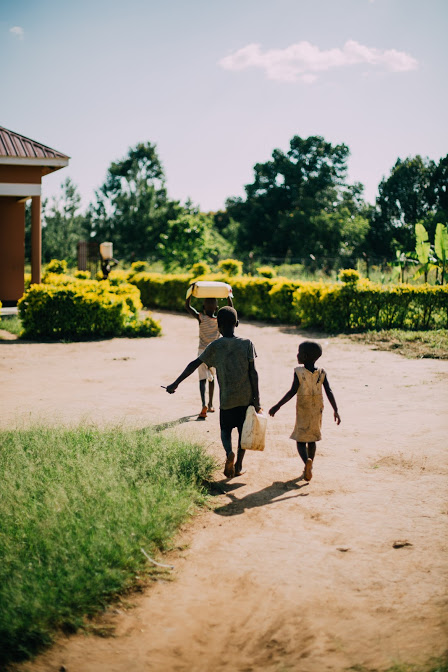 How does God see this brokenness?
How does God see this brokenness?